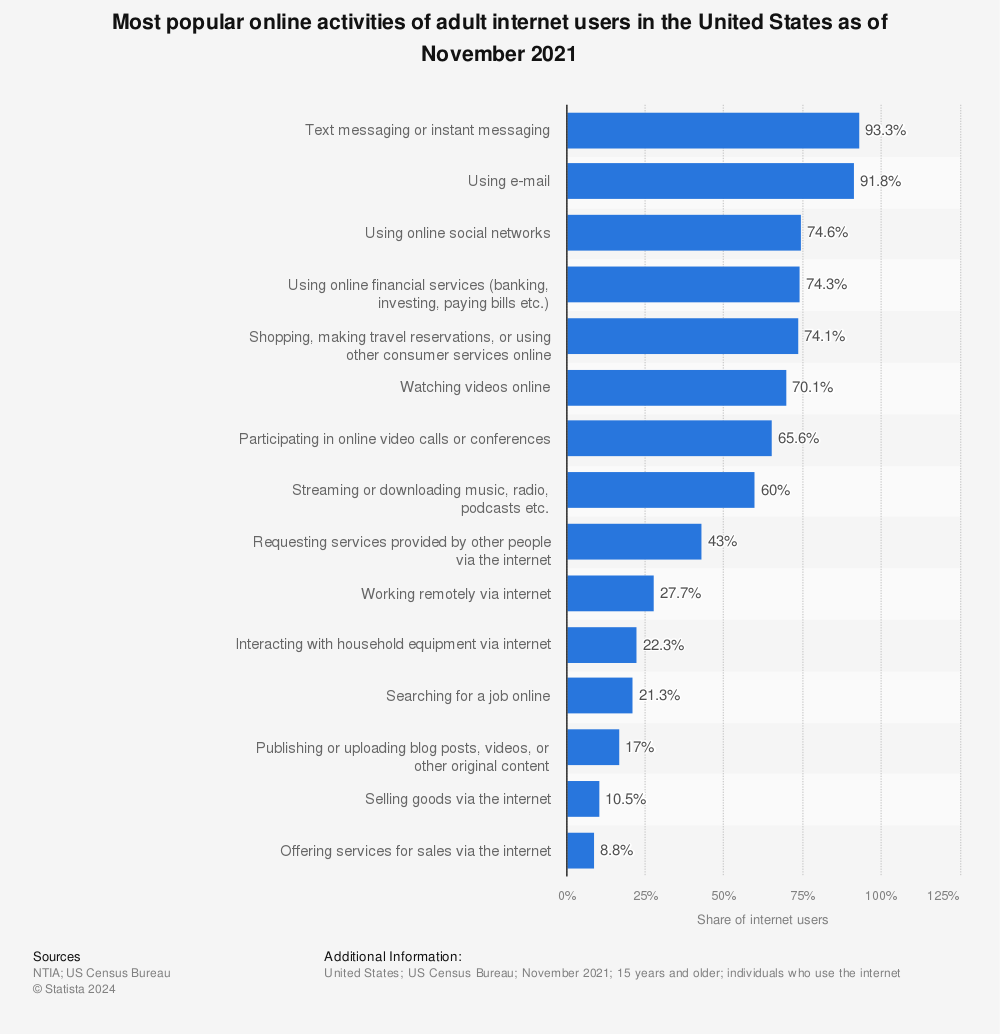When a standards body publishes an update, it is typically in book format or PDF. During my stint as an auditor, it could be difficult at times to identify the relevant information and have it to hand at the moment of need. Relevant guidance material such as audit manuals and policies can often be buried in long documents that are difficult to manage.
Whenever systems or processes are laborious, we typically look outside them for a quick-fix solution. As such, poor user experiences can lead auditors to overlook the material provided by the firm and instead turn to search engines like Google to find answers. This increases the risk of relying on incorrect versions or indeed, inaccurate guidance material.
Information-seeking behaviors in 2022
The principles of microlearning
- Make it concise – include only content that adds value to the learner
- Curate content effectively – content curation is the process of discovering, gathering and sharing content relevant to a topic; doing so effectively ensures that the experience is focused and referenceable
- Concentrate on one idea – microlearning is not about condensing but rather creating value through standalone lessons on a single concept
- Present at the moment of need – ensure that information is convenient, easy to find, and revisit
1. Accelerating information-seeking for auditors
When looking for relevant information, auditors do not want to be directed to a 20-page manual, but to the specific guidance paragraphs and content that is relevant to their query. They want to navigate content with Google-like search features. Spending less time hunting for information and on administrative tasks means auditors have more time to focus on higher-risk matters.
2. Enabling data-driven audits
Auditors must tailor their risk analysis, procedures and testing based on the entity audited. Firms are now presenting relevant materials and industry-based guidance that are driven by the entity audited, its regulatory framework and the risks that were identified. This improves audit efficiency and judgment throughout the audit engagement.
It is also important that auditors access knowledge that is relevant to the stage in the audit.
3. Improving the quality and quantity of guidance materials
Professional standards groups must have the tools to create high-quality content that will improve auditor judgment and ultimately, the quality and consistency of audits.
Policies and manuals should be supplemented with case studies, examples, industry-based guides and other qualitative guidance materials.
If guidance material is well-curated, learners are more inclined to use that lesson as a reference during the audit, and more likely to return to the platform.
Drive access to high-quality material
With the changing regulatory landscape, evolving information-seeking behaviors and increasing stakeholder demands, audit firms must have a robust system in place; one that can enable data-driven audits and improve firms’ capacity to cope with the volume and frequency of change. Arrange a discussion to explore how you can enable data-driven audits with high-quality guidance material.





